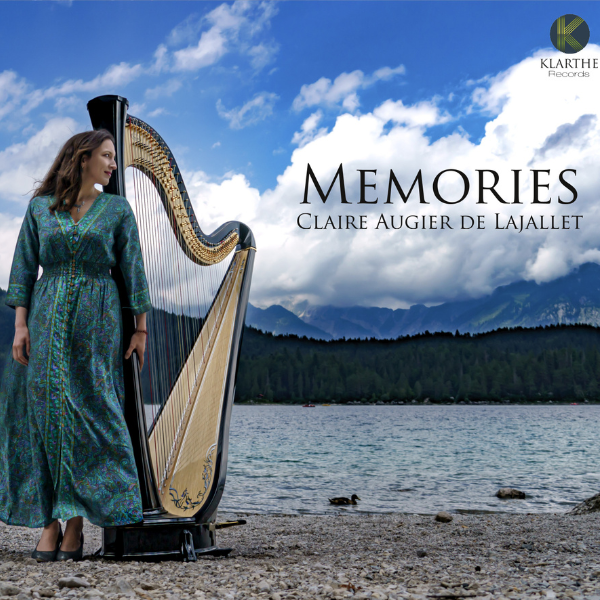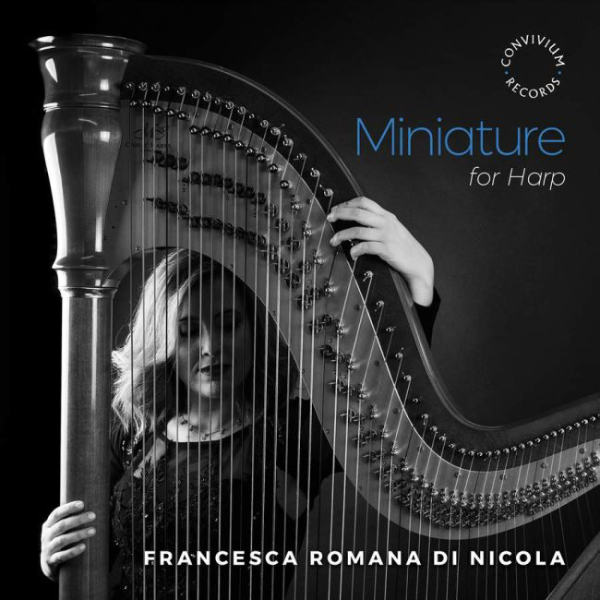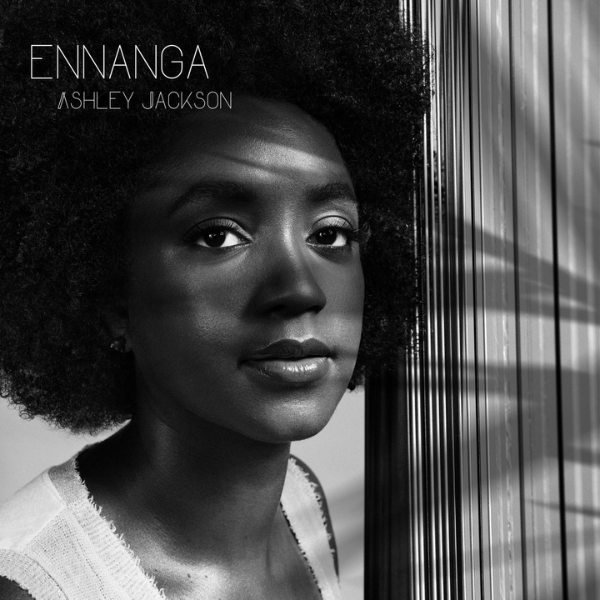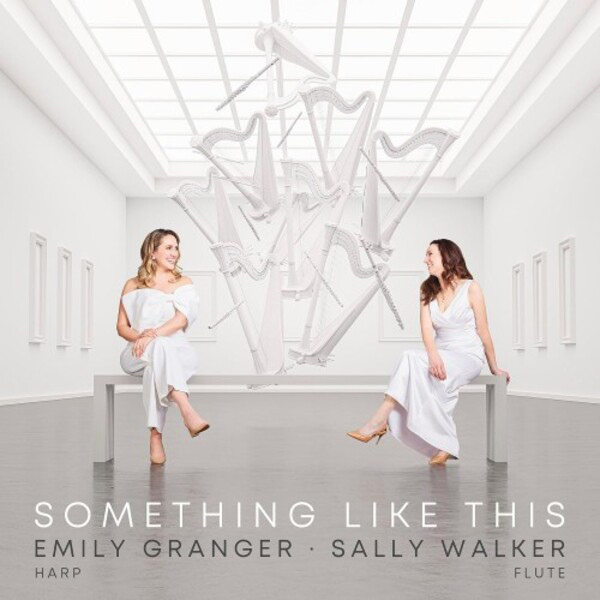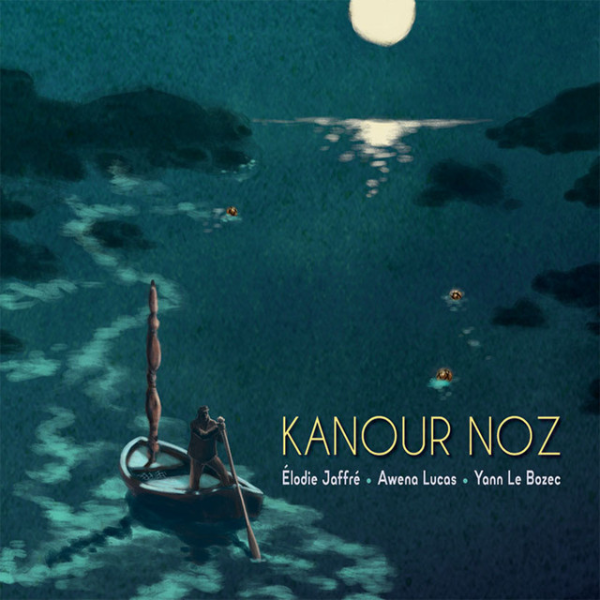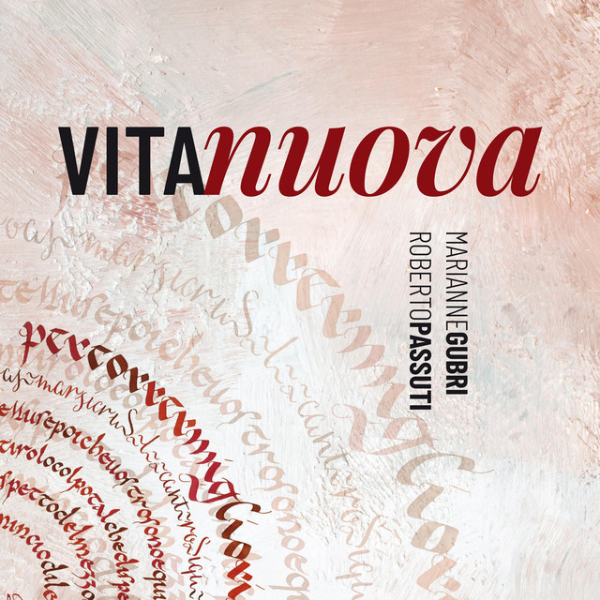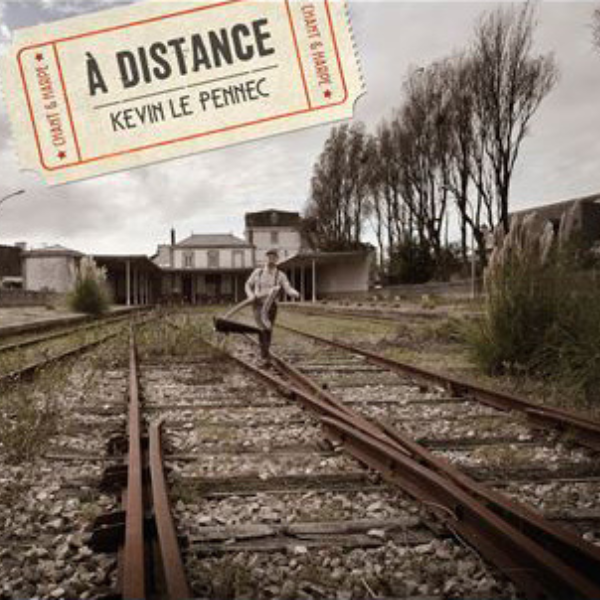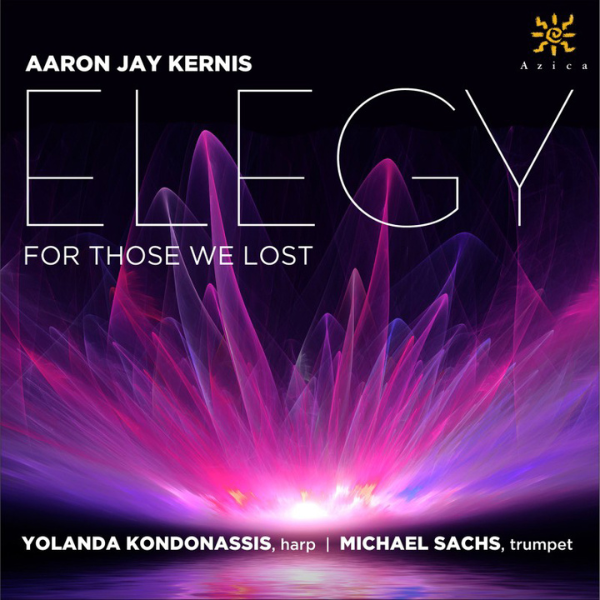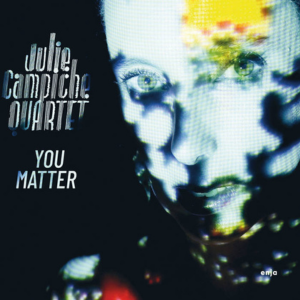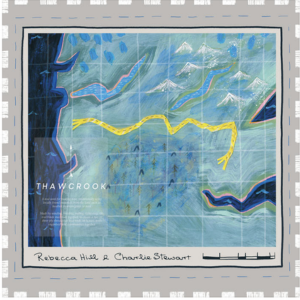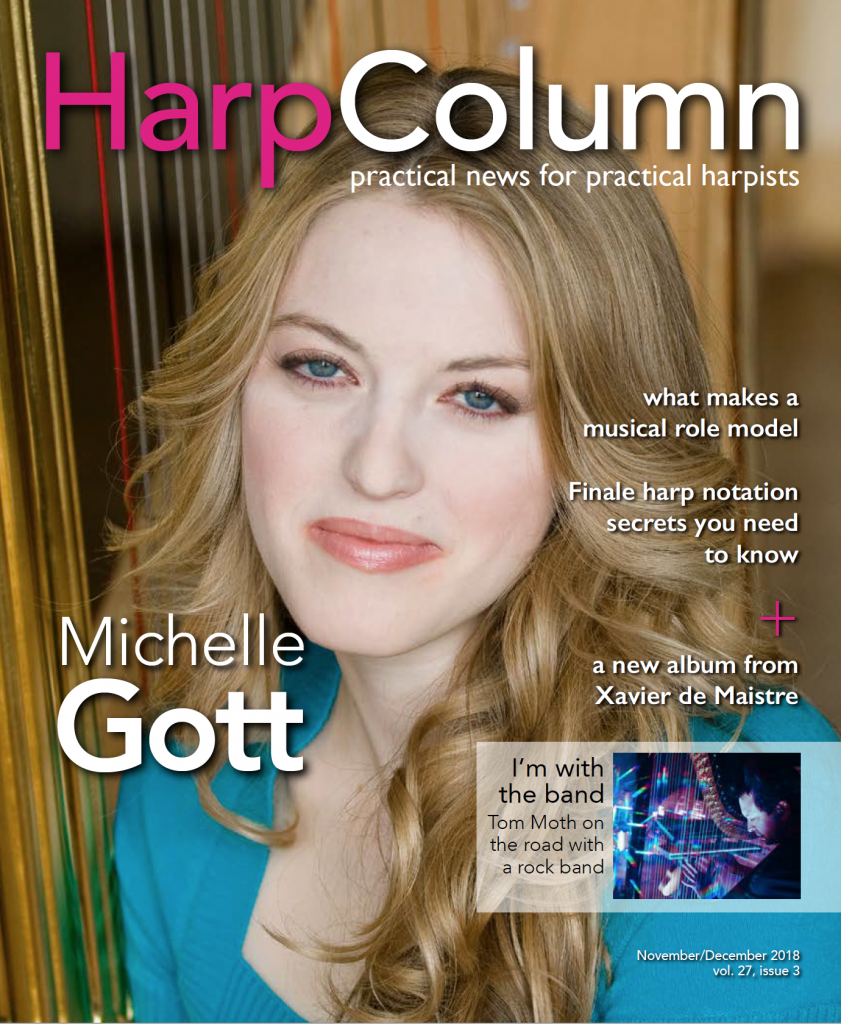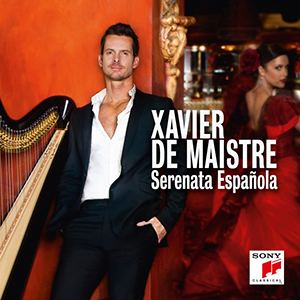
10/10
Xavier de Maistre, harp; Lucero Tena, castanets
Sony Records, 2018
Recently, I was listening to an interview we produced at American Public Media with the Anderson and Roe piano duo. Greg Anderson was emphatic about which pieces will be considered for transcription, and which will not. As he explains, they don’t want to transcribe a work for piano duo simply because they can. They do it to create something altogether new. He wants the audience to feel surprised and delighted, not wondering to themselves what a piece sounded like in its original form.
This approach seems to be precisely what Xavier de Maistre had in mind with his latest disc Serenata Española. Most of the pieces began life as keyboard works, but with the national instrument of Spain in the forefront of the composers’ minds. But just because a piece works well on guitar doesn’t mean it immediately translates to the harp, a brighter instrument with a distinctive sound all its own. So, it’s not just in the careful choice of pieces that de Maistre forges an entirely new sound, but it’s in his own darker, more muscular quality that he breathes freshness into these works.
And he does this not all on his own, but sometimes with a musical or—perhaps more poetically—a dance partner. Flamenco artist Lucero Tena is now long retired from the stage but in the interim, she has become one of the leading castanets players and cultural ambassadors for Spain. She makes her first appearance a few bars into the perfectly executed, nervous rustling Andaluza by Enrique Granados. Her bursts of complex riffs add the element of wild rhythmic stamping that marks the visual as well as aural complexity of Flamenco, in all its richness from energized to melancholic.
A particular favorite is the earliest work on the CD by Antonio Soler, a sonata written as a study work for nobility and intended for harpsichord. de Maistre’s playful approach, his light—but colorful—tone gives this tiny gem a filigree appropriate to the 18th century. But the addition of castanets reminds us where the music was played and from which culture it was born, one as comfortable in the folk world as the salón.
Familiar names like Albeniz, Tarrega and de Falla—along with Granados—are rendered gorgeously on this disc, de Maistre’s dark, searching tone and expressive rubatos in tasteful romantic fashion. But I found myself most curious about the less well-known works, like Basque composer Jesus Guridi. In Viejo Zortzico, de Maistre pairs clear and authentic melodic lines with lightly ornamented and expertly rendered cascading arpeggios, lending an air of the exotic and fanciful to the music.
Mateo Perez de Albeniz’s Sonata was perfectly proportioned in its presentation, feet—or shall I say, hands—firmly in the classical style, never rushed or dragging, and always light as a feather. You will never be able to hear this well-known work the same way again after listening to this rendition with castanets, sounding less percussive and more like part of the lyric line.
Eye-opening was the Intermedio by Geronimo Gimenez, the leading composer of zarzuela, a kind of light operetta that influenced Spanish classical composers like de Falla and Turina. The harp and castanets don’t miss a single step in their close-stepped pas de deux, Lucero even ends the disc with a flourishing trill as if to say, ta-da, now let’s take siesta!
This is a superb disc that invites us to hear Spanish music in an entirely new way.






